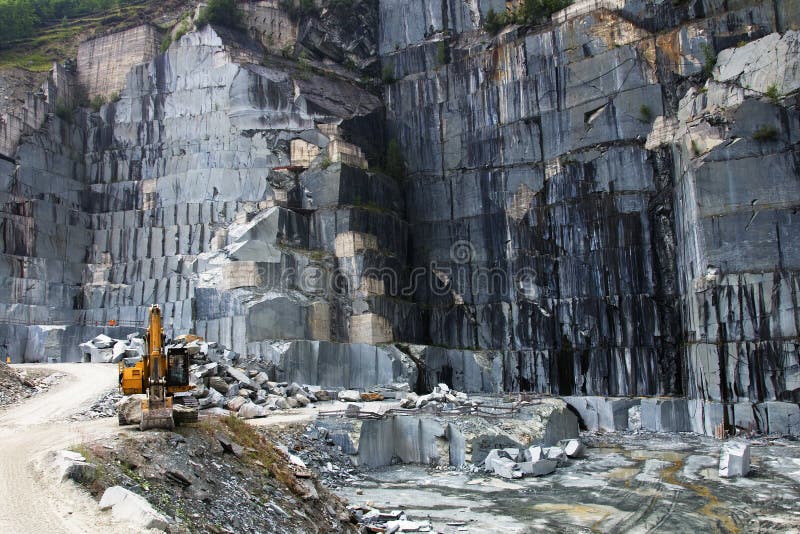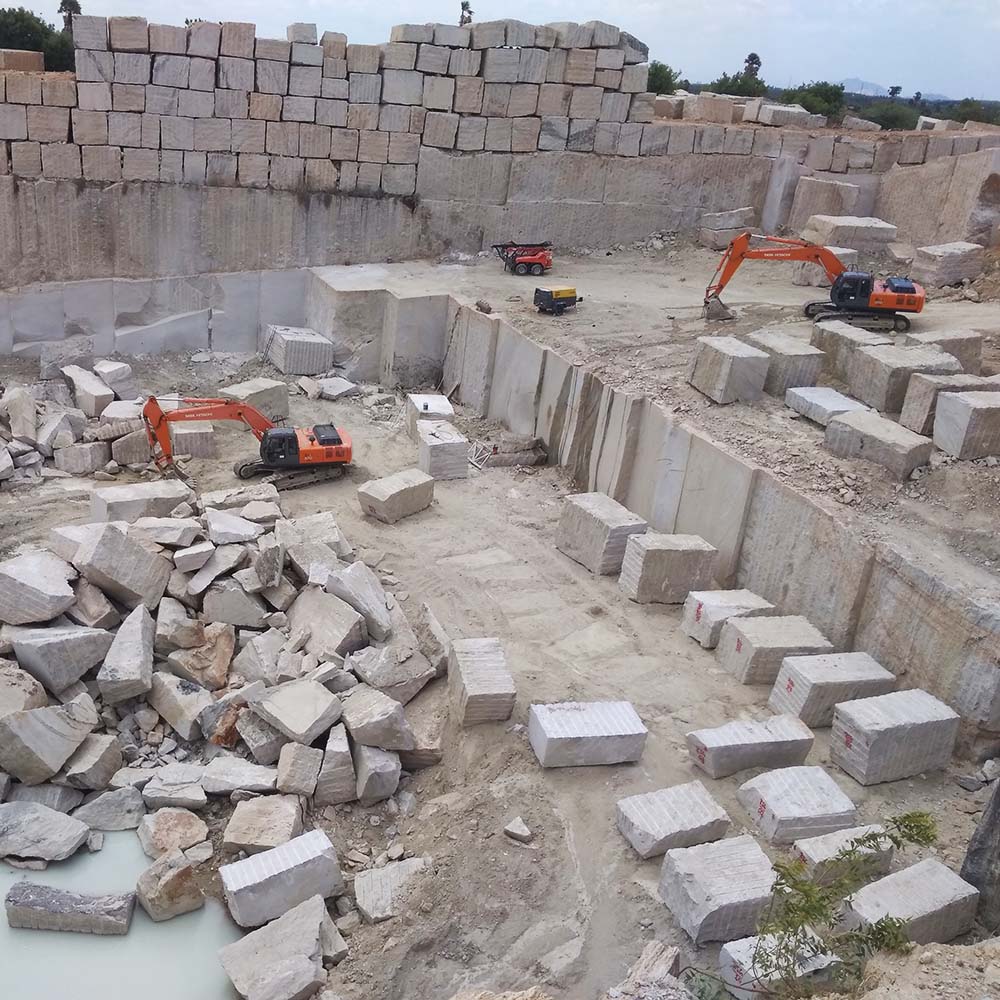A Trip Via Granite Quarries in South Africa: Introduction Nature's Creativity
A Trip Via Granite Quarries in South Africa: Introduction Nature's Creativity
Blog Article
Unveiling the Mysteries of Granite Quarrying: Where Stamina and Elegance Meet
The world of granite quarrying is a world where the raw strength of nature merges with human creativity to develop frameworks that stand the test of time with an air of beauty. From the depths of quarries to the careful sprucing up in workshops, the process of transforming granite into building marvels is an intricate dancing of custom and development. As we peer right into the depths of this old craft, we start to discover the surprise complexities that shape the really essence of our built setting.
The Origins of Granite Quarrying
In the annals of architectural history, the origins of granite quarrying are shrouded in a tapestry of old workmanship and geological wonders. Going back to old Egypt and Mesopotamia, the removal of granite from quarries noted the beginning of a journey that would ultimately cause the development of a few of the world's most renowned structures.
Granite quarrying's roots can be traced to the competent artisans who recognized the rock's resilience and aesthetic appeal. Through a mix of primitive devices and sheer decision, these early quarry employees uncovered granite blocks that would certainly end up being the building blocks of civilizations.
As civilizations evolved, so did the strategies of quarrying granite. The Romans, renowned for their design prowess, developed advanced approaches for drawing out granite to build monuments, holy places, and roads that stood the test of time.
The heritage of these old quarrying practices proceeds to form modern architecture, with granite continuing to be a sign of strength and style in building and construction jobs around the globe. (granite quarries in south africa)
Devices of the Quarrying Trade
The evolution of granite quarrying strategies from ancient civilizations to modern-day times highlights the important role played by the devices of the quarrying sell shaping the market's practices. In old times, quarrying tools were basic, often being composed of chisels, hammers, and wedges made from products like bronze or iron. These tools called for considerable workforce and time to essence granite obstructs from quarries.

Furthermore, the intro of pneumatically-driven devices and high-powered machinery has significantly reduced the physical labor required in quarrying operations, enhancing employee security and efficiency. As the quarrying sector remains to innovate, the devices of the profession remain at the leading edge of driving development and shaping the future of granite removal.
Removing Blocks of Granite
Using precision machinery and progressed methods, the extraction of granite blocks from quarries has actually become a sophisticated procedure in the modern-day quarrying market. The initial action includes determining the location and dimension of the granite deposit to identify one of the most reliable removal method. When a suitable website is chosen, the extraction procedure begins with the exploration of holes visit here for the positioning of dynamites. Controlled blowing up techniques are after that utilized to break apart the granite right into manageable areas.

Polishing and Finishing Strategies
To accomplish a remarkable surface on granite blocks, proficient artisans utilize a collection of meticulous polishing and completing techniques. After the initial removal and forming procedures, the granite blocks go through a detailed polishing phase to improve their all-natural beauty and sturdiness.
Along with sprucing up, finishing techniques are related to more improve the granite's appearance. These methods may consist of flaming, sharpening, or cleaning, each offering unique structures and surfaces to fit various visual choices. Flaming, for example, involves revealing the granite surface area to high temperatures to produce a harsh, distinctive coating, suitable for outdoor applications where slip-resistance is essential. Developing, on the various other hand, gives a matte surface that is smooth to the touch, ideal for interior countertops here are the findings and floor covering. By very carefully picking and using these brightening and ending up strategies, craftsmens can change raw granite blocks into splendid pieces that showcase both strength and elegance.

Ecological Effect and Sustainability
With the growing emphasis on environmental consciousness in the sector, granite quarrying methods are increasingly inspected for their influence on natural sources and long-lasting sustainability. Quarrying for granite can have substantial ecological effects. The extraction procedure frequently involves the usage of heavy machinery, explosives, and huge quantities of water, resulting in habitat devastation, soil erosion, and water contamination. In addition, the transportation of granite from quarries to processing facilities produces carbon exhausts, further adding to environmental deterioration. granite quarries in south africa.
To alleviate these impacts and ensure sustainability in granite quarrying, market stakeholders are embracing different steps. Carrying out sophisticated innovations to minimize energy usage and water usage, reclaiming quarried land for ecological restoration, and promoting liable sourcing techniques are some approaches being employed. Furthermore, certifications such as the Woodland Stewardship Council (FSC) and the Management in Power and Environmental Style (LEED) help customers recognize eco friendly granite products.
Final Thought
Finally, granite quarrying is a procedure that requires specialized devices and techniques to remove blocks of granite and polish them to a high degree of finish. While the ecological impact of quarrying can be substantial, efforts are being made to enhance sustainability check practices in the sector. Generally, granite quarrying is a delicate balance in between taking advantage of the strength and sophistication of this all-natural stone while decreasing its effect on the setting.
Report this page